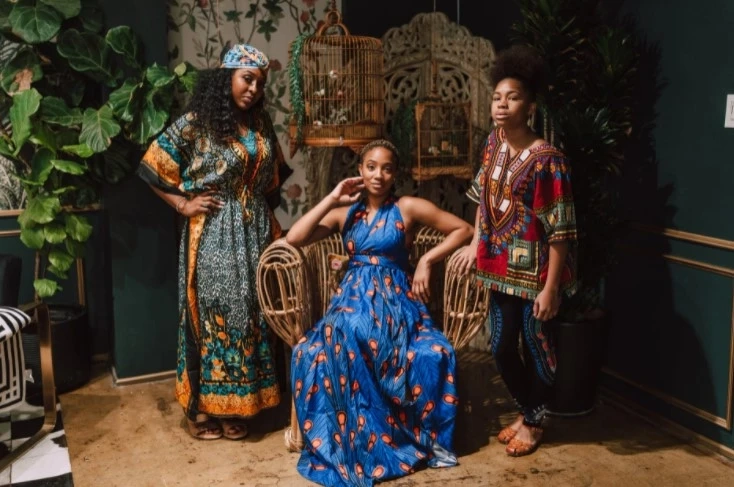The vibrant and bold designs of African clothing have an interesting history to match its bright textiles. The history of African clothes is thought to stretch back 74,000 years; therefore, it is pretty hard to track the evolution of African styles. Only ancient art can provide you with certain hints about the African textiles used in earlier times.
The earliest African clothing was not suitable for hot weather conditions as they were generally made out of animal skin, feathers, fur, and bark cloth. Previously these materials were mainly famous for manufacturing the aprons that can be tied around the robes draped across an individual’s body. Later on, Africans started making clothes with cooler materials such as cotton.
History of Dashiki
African fashion has been referenced by the global fashion industry for many decades, but it was not done in a proper way. Africans have been misinterpreting African fashion as exotic or tribal and simplified to mud cloths and leopard skins for years. African apparel Dashiki is known as a famous African dress that is usually worn by African Americans in order to rejoice the Black History Month in February.
Africa is one of those continents that value their culture strongly. Africans have stored the significance of their cultural value in music, food, clothes, and other traditional activities. Dashiki is the best cultural representation of African’s wealth, art, and creativity. Dashiki prints always take pride in being pulled in the African continent and beyond. There are so many celebrities who have been spotted wearing this African apparel Dashiki like Rihanna, Beyoncé, and Jhene Aiko.
While talking about Dashiki, the first thing that comes to our mind is diverse, comfortable unisex, and colorful clothing. It is considered as a true must-have classic piece of clothing. Dashiki is basically a long pullover with loose-fitting. It usually covers the upper part of an individual’s body and can be easily recognized by its ornaments, vibrant colors, and embroidery. Africans usually wear it with matching trousers.
Diversity in Dashiki Apparel
You can wear Dashiki on several events, from formal to informal attire, which means only draped clothing to fully tailored suits. The transition of Dashiki to American culture has made this apparel more successful and famous across the world. Previously, it was famous as a strong symbol of the price and struggle of African Americans in the United States of America. People usually wear Dashiki during Black History Month, Kwanzaa for the representation of African culture.
There is a huge diversity in the colors, designs, and variety of shapes in a dashiki, such as a caftan with different sizes of sleeves or pullover shirts. Its versatility can also be seen in its patterns, which are known as Angelina. Each color or pattern has a significant meaning. For instance, green is known for life and prosperity, while gold is a symbol of wealth and fertility.
The informal version of Dashiki consists of embroidered clothing or traditional prints. However, there are three kinds of informal versions of Dashiki. First type is the Dashiki Suit which is usually worn by the grooms at wedding ceremonies, and it generally includes Sokoto, dashiki, and kufi. The second version is Senegalese kaftan which includes full-length shirts with matching Sokoto and kufi. While the third type is called a Grand boubou and is worn by Tribal chiefs, Muslims, or Nigerians.


